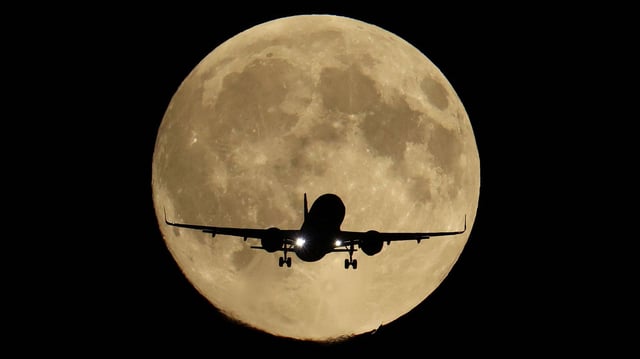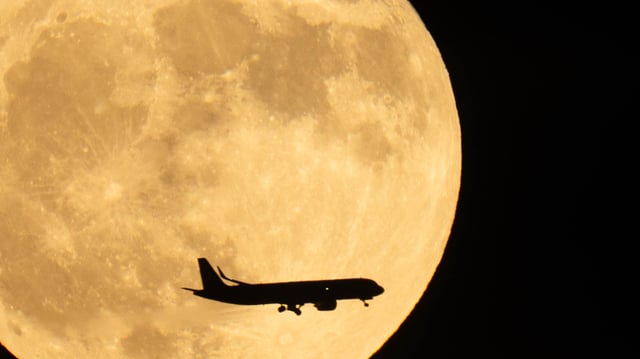Overview
- Peak fullness fell on October 6–7 locally, with the Moon about 359,818 km from Earth and the perigee–full alignment noted at 2:49 p.m. AEDT on October 7, offering another bright view around tonight’s moonrise.
- Two more supermoons follow on November 5 (about 356,818 km) and December 4 (about 356,961 km), with some astronomers also classing the January 3, 2026 full moon as a supermoon by looser criteria.
- NASA uses a working definition of a supermoon as a full moon within about 90% of perigee, which can appear up to roughly 14% larger and 30% brighter than the smallest full moon of the year, with the Moon illusion making it seem biggest near the horizon.
- Astronomers explain that consecutive supermoons are normal because the full moons immediately before and after the closest approach also occur nearer to Earth in a yearly wave-like alignment of phase and orbit.
- Tidal effects from a supermoon are only slightly amplified, raising high tides by a few centimetres, and UK outlets noted this Harvest Moon’s later‑than‑usual October timing compared with the more typical September appearance.



